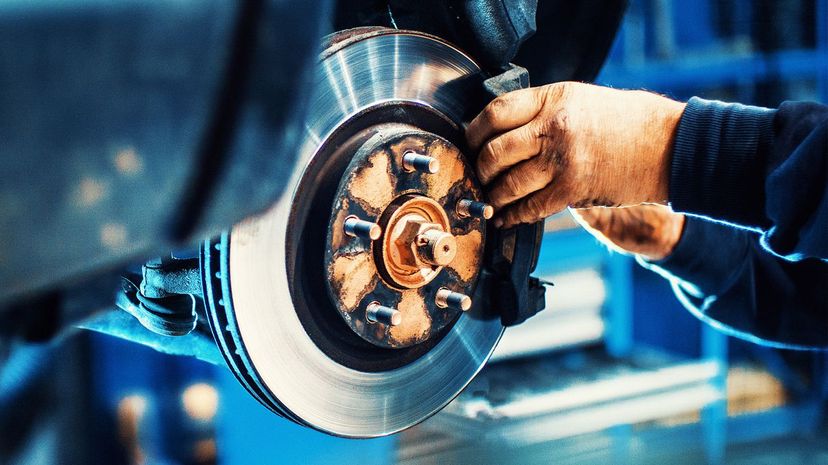
About This Quiz
"Do you consider yourself a car enthusiast or just interested in learning more about automobiles? Test your automotive knowledge with our fun and challenging car automotive quiz! From the history of cars to how they work under the hood, this quiz covers a wide range of topics that will put your knowledge to the test.
Cars have been a vital mode of transportation for almost 150 years, revolutionizing the way we travel. With so many cars on the road each day, it's important to understand how they operate and what makes them unique. Whether you're a car buff or just curious about the vehicle you drive, this quiz is the perfect way to expand your knowledge and have some fun at the same time.
Buckle up, adjust your mirrors, and get ready to take on our challenging car quiz. Test your knowledge of car design, performance, maintenance, and more! So, rev up your engines and see how much you really know about the cars you see on the road every day.
"
Many different fluids can leak onto the ground from your vehicle. If the puddle is a dark brown or black color, there is a good chance that it is oil. If you see an oil leak, get the vehicle checked out as soon as possible.
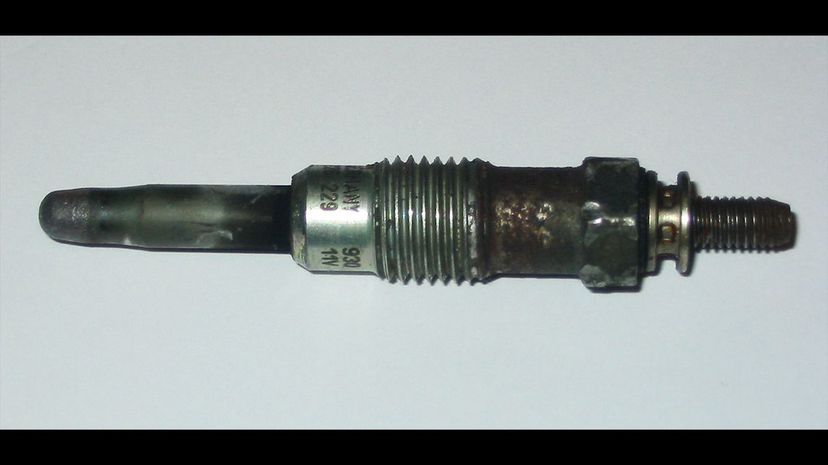
Glow plugs are found in vehicles with a diesel engine. A glow plug is a heating device, one per cylinder, that heats incoming fuel and air to help the engine start and run smoothly.

In most cars, the dipstick is under the hood, in the engine. The dipstick is used to measure the oil level. Simply removing it from the engine and checking it will give you an indication of whether your level is good or if you need more.
Advertisement
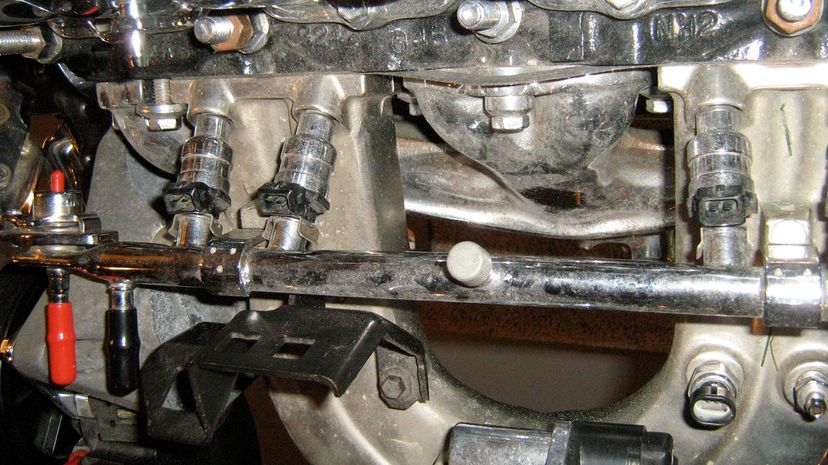
The fuel injection system forces fuel through injector nozzles, creating a fine mist that sprays into the combustion chamber. Over the years, fuel injection has replaced the carburetor.
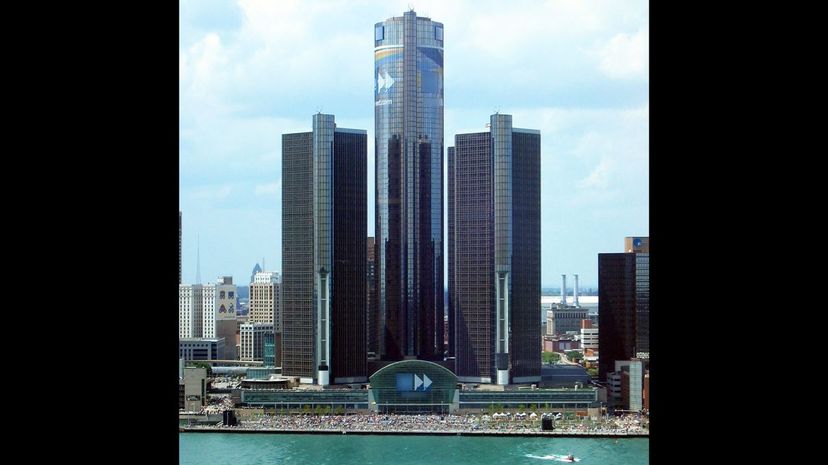
Japan is home to several of the largest and most successful auto manufacturing companies in the world. Of the aforementioned companies, only GM - General Motors - isn't Japanese.

The alternator of a car works with the battery to power various parts of a vehicle. It is often found at the front of the engine, and it has a serpentine belt to drive all of the various components.
Advertisement
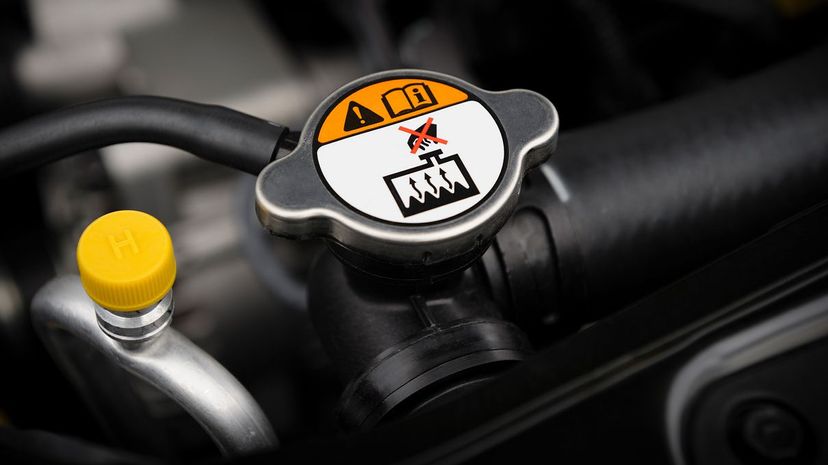
Coolant takes heat from the car's engine to the radiator. In the radiator, air blows across the coolant, lowering its temperature. The coolant then travels back to the engine, cooling it down, and the cycle begins again. Coolant is simply a mixture of antifreeze and water.

The Ford Motor Company was founded in the suburbs right outside of Detroit, Michigan. The company is one of the largest manufacturers of vehicles on the planet and one of the "Big Three" in the U.S.
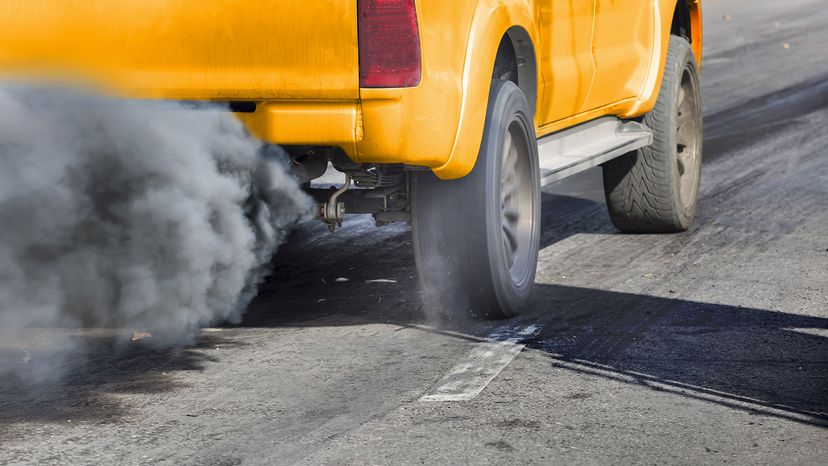
If your engine is burning too much fuel, black smoke might be coming out of your tailpipe. As soon as you notice it, check your air filter, as well as the injectors and sensors. Taking your car to a mechanic is also a good idea.
Advertisement

ABS stands for "anti-lock braking system," which helps prevent your brakes from locking up during an emergency by rapidly pulsing them. This increases tire traction. Continue to press the brake if you feel the ABS working.
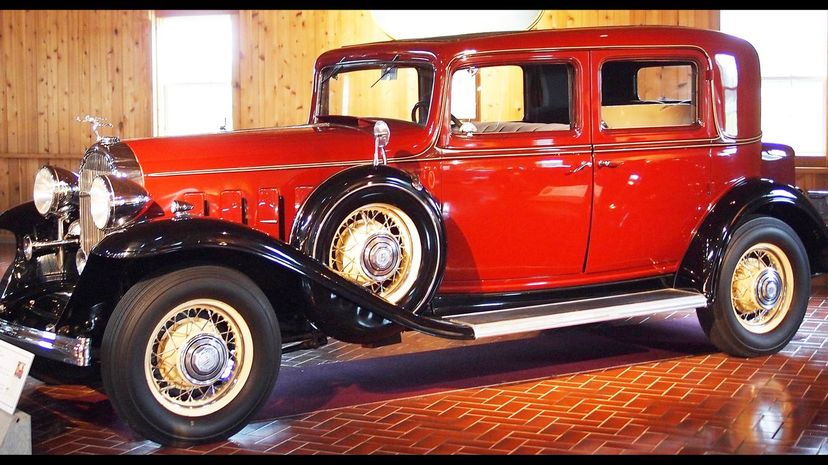
Many people think a sedan has four doors and a coupe, two, but the distinction is more complicated. A sedan is heavier than a coupe, with a longer wheelbase and more interior space. One is easier to get in and out of, while the other looks a little more sporty.
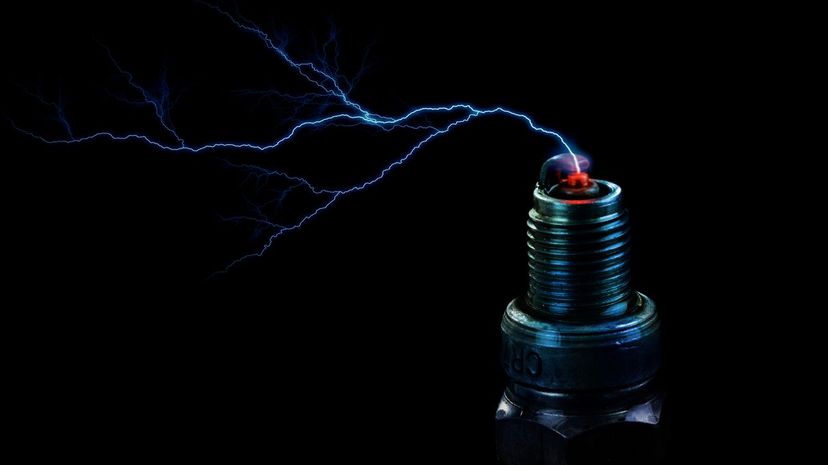
The actual thing that happens inside your engine to start the car is an ignition. Fuel and air are mixed in the injection chamber, and they are ignited by a spark from a spark plug.
Advertisement

While all of the aforementioned manufacturers are popular, only one of them is German, and that would be Mercedes-Benz. Mercedes-Benz was founded in Germany way back in 1926, with roots much earlier than that.
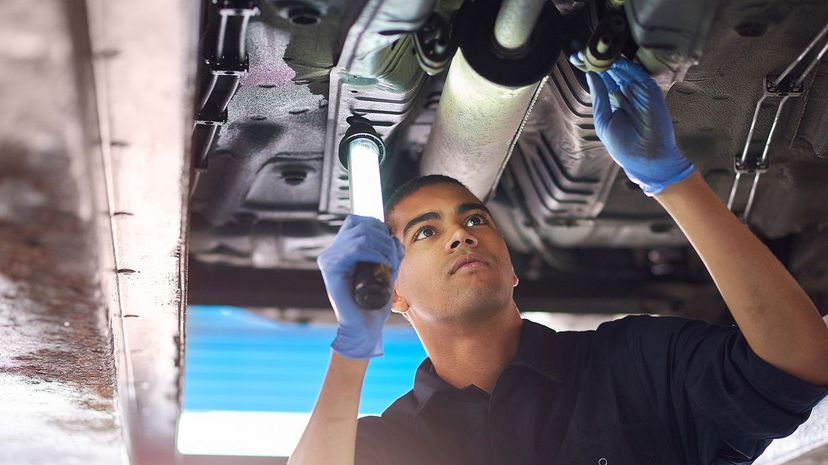
As you may imagine, an internal combustion engine can be quite loud and jarring. A muffler is installed in cars of all kinds to reduce the noise produced by the engine; it is an important part of the exhaust system.
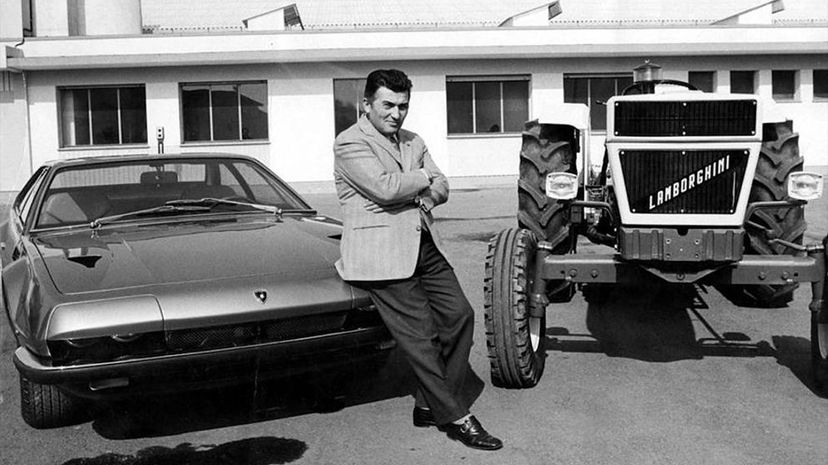
Lamborghini is an Italian brand. Automobili Ferruccio Lamborghini was founded by Ferruccio Lamborghini back in 1963. This high-end manufacturer produces thousands of vehicles every year.
Advertisement

Although some SUVs proudly display the spare tire on the back, most vehicles have a dedicated space in the trunk for the spare. In the event of a flat tire, a spare tire is invaluable.
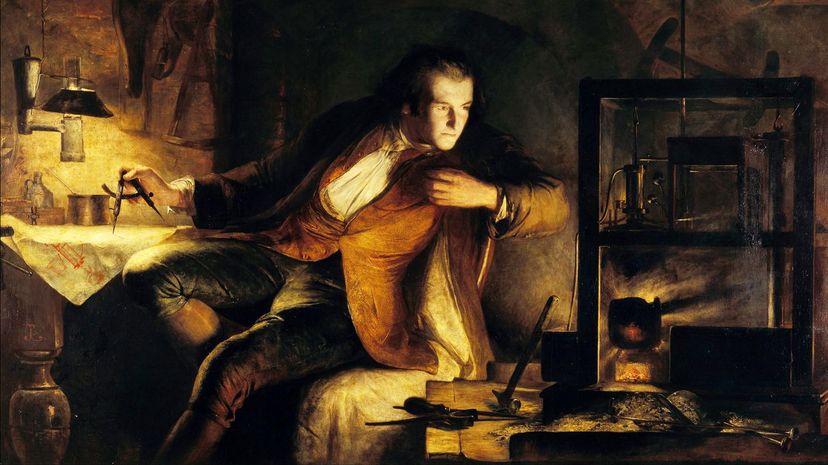
When James Watt created a better version of the steam engine, he needed a way to explain its power to the public. He came up with "horsepower." This was because people understood the power of horses, and the comparison made pitching his product easier.

Keeping the tires of your car inflated is incredibly important, contributing to both a smooth ride and fuel efficiency. While most cars handle best with a PSI between 32 and 35, each car is different, and the manual will recommend the proper number.
Advertisement
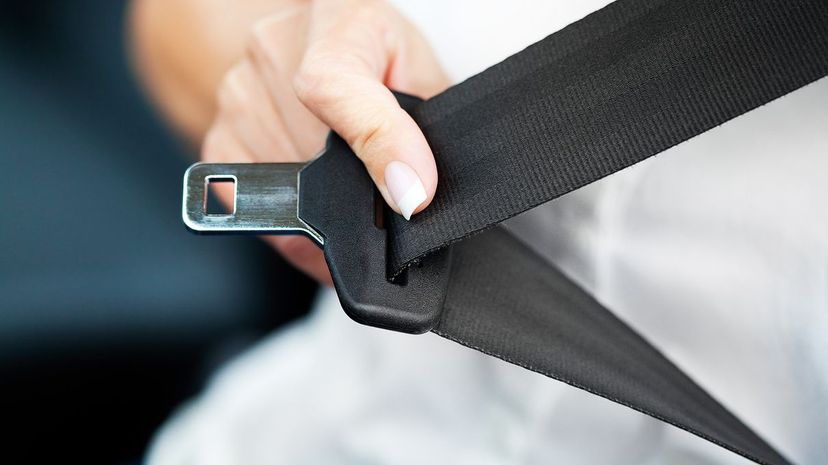
Seat belts are an integral part of driver safety, and they have been mandatory in vehicles in the U.S. since 1968. Believe it or not, the first seat belt patent dates back to 1885.
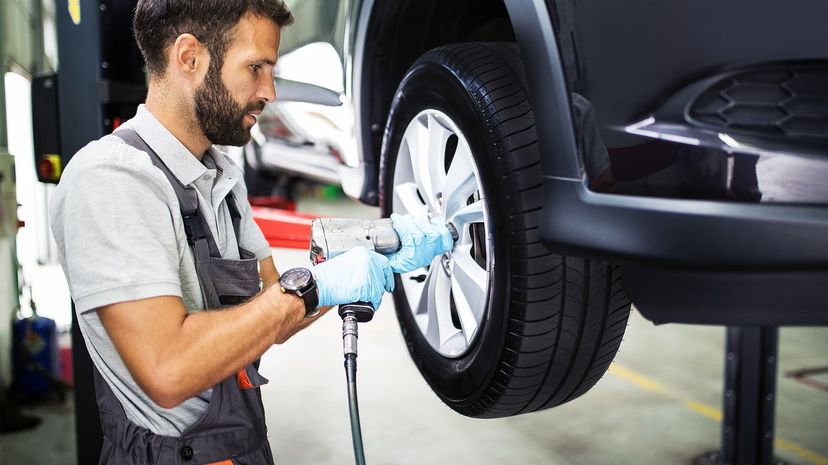
The answer is that it varies. Generally, experts recommend doing a tire rotation every 5,000 to 7,500 miles, but this can vary from car to car. If you want a better estimate, check your owner's manual.
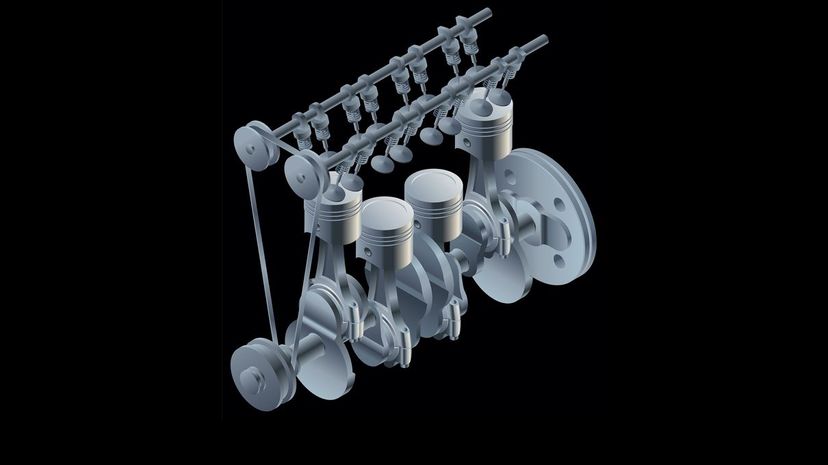
Many types of engines are available out there, but the most common in cars is a simple four-cylinder engine. This engine is popular for its decent mix of power and fuel efficiency, and the fact that it is fairly simple to service.
Advertisement
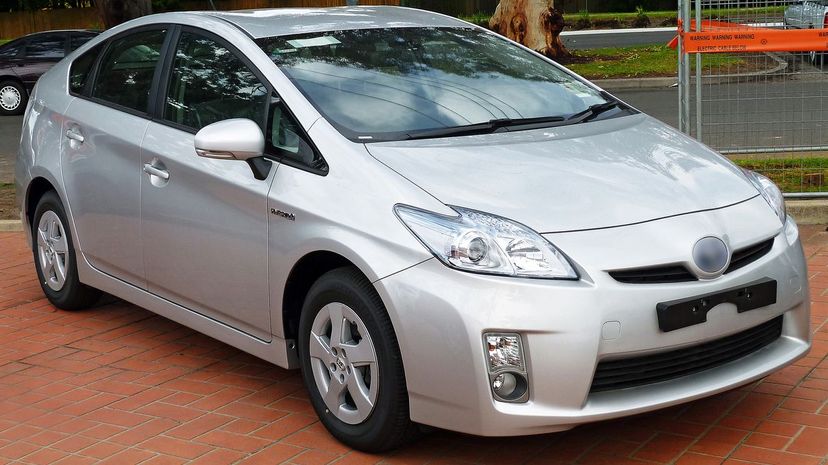
Many mass-produced hybrid vehicles are available these days, but the very first was the Toyota Prius. It first went on sale in Japan in 1997, before eventually being released to the rest of the world in 2000.
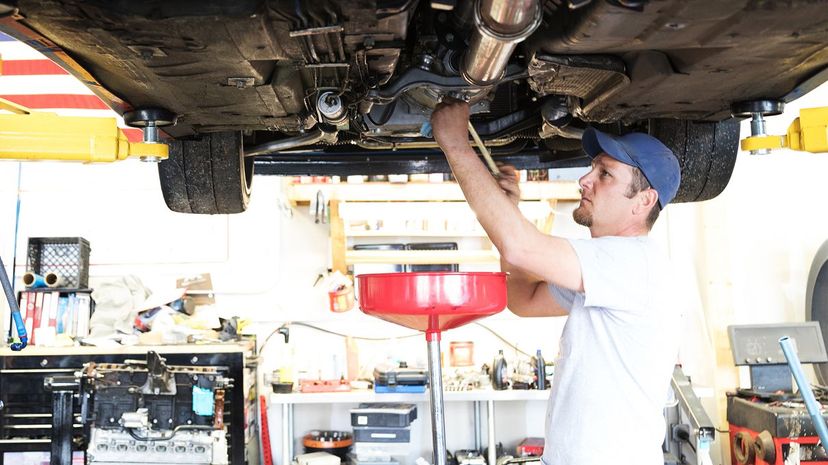
Unfortunately, there is no perfect science to deciding how frequently to change your vehicle's oil. It depends on the type of vehicle, how much you drive and more. To be safe, just follow the schedule that your car's manufacturer recommends.
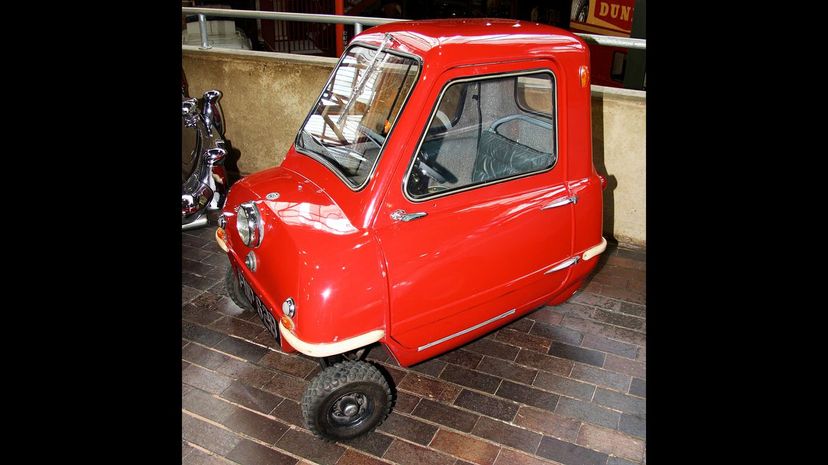
The smallest car ever in production is the Peel P50. The vehicle, which is still available either as a finished product or a kit, is only 39 inches wide and 54 inches long. In fact, this car is so small that it could enter many buildings.
Advertisement

If your exhaust smoke is blue, there is a good chance it has something to do with an oil leak. Oil is leaking into cylinders and burning with the fuel, which causes the blue color.
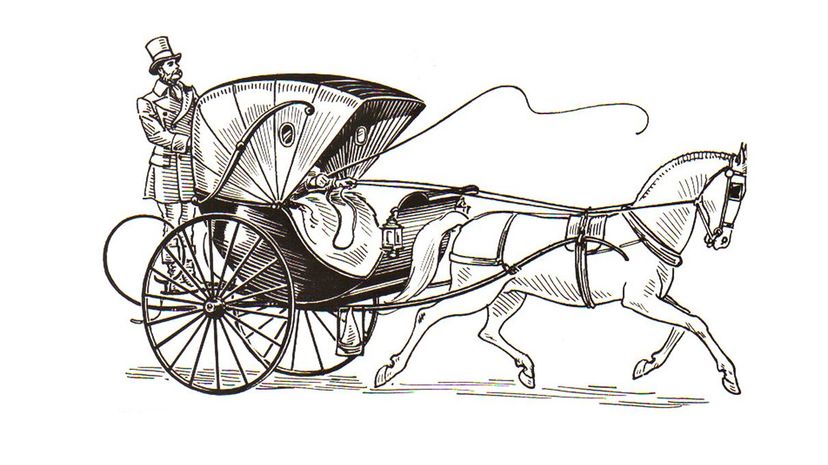
While most people know them as convertibles, these cars are also called cabriolets. This term refers to the old horse-drawn carriages that had a folding hood, similar to many convertibles.
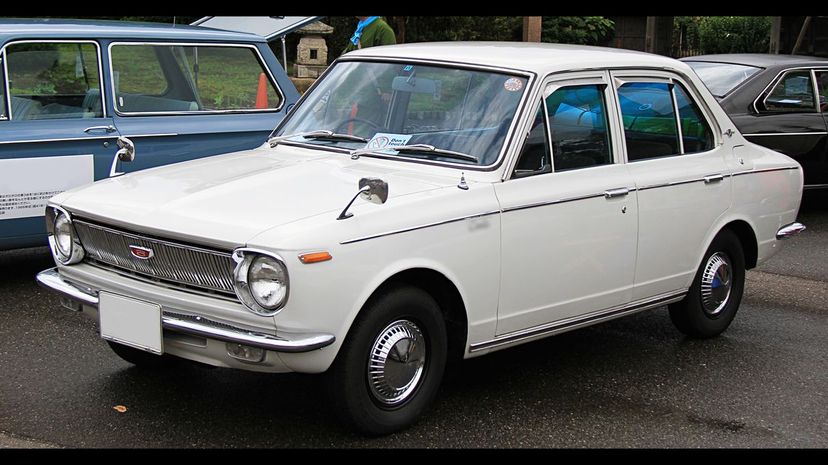
Thousands of different car models have been released over the years, but none have sold as well as the Toyota Corolla. Over the many decades this model has been around - since 1966 - more than 44 million have been sold.
Advertisement
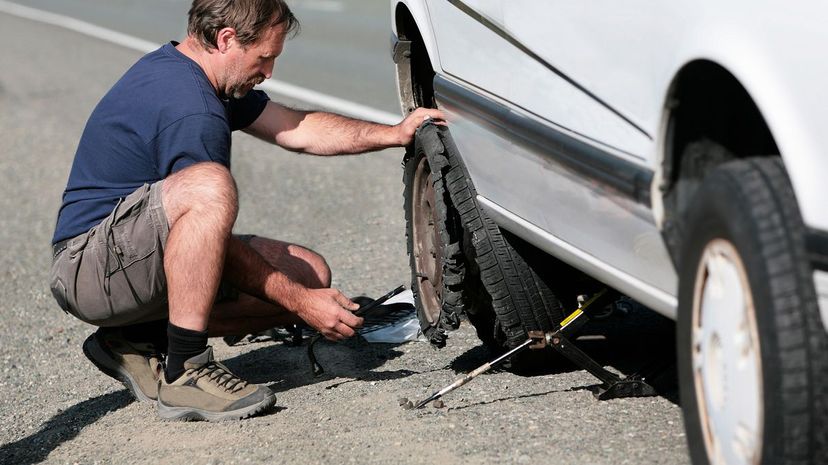
That's right, all of these are great ways to keep your tires in better shape. Maintaining your tires will save you lots of money and help keep you safe. Remember - your tires are your vehicle's only points of contact with the road.

The rumors are true - when you blast the air conditioner in your car, you are reducing gas mileage, due to the additional load on the engine. Consider rolling your windows down instead, especially at lower speeds.
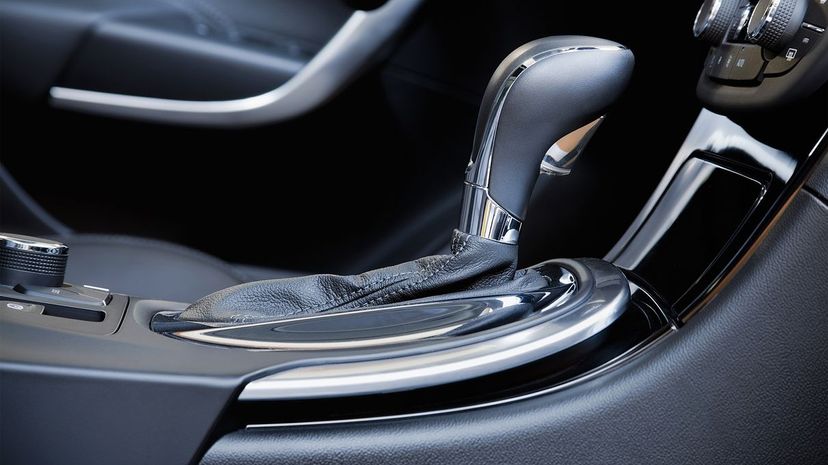
The first truly automatic transmission in a mass-produced vehicle was the Hydra-Matic, and it was introduced in 1939. At the time, it was a 57-dollar option, developed by GM and Oldsmobile.
Advertisement

That's right, the history of hybrid vehicles dates back to before the 20th century. In 1899, Ferdinand Porsche created the System Lohner-Porsche Mixte, which featured both a gasoline engine and an electric motor.

Throughout its history, the Ford Model T sold around 15 million units. This is already impressive but gets even more impressive when you realize the vehicle was only produced from 1908 to 1927, when vehicles were much less common.
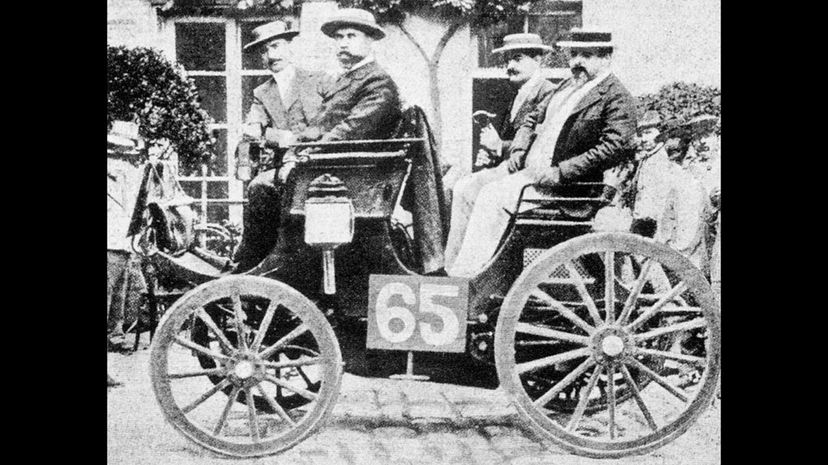
The very first organized car race on the planet took place in France. A reliability test was held in 1894, between Paris and Rouen, France, but the very first true race took place in 1895, over a distance of almost 730 miles.
Advertisement
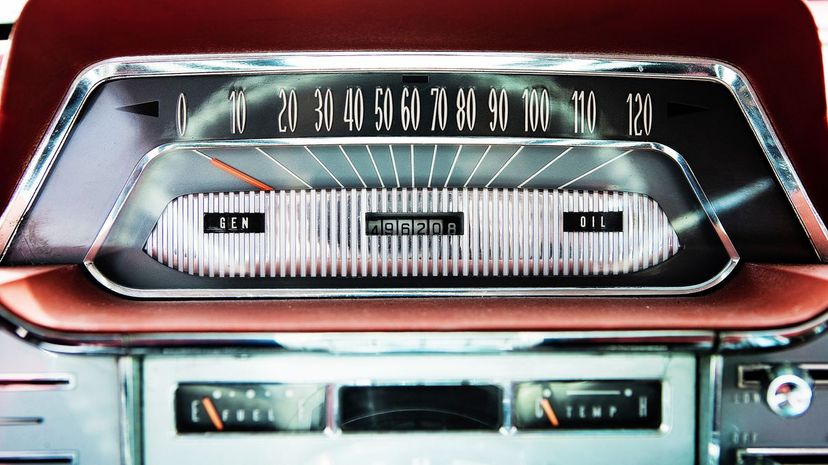
While they didn't become standard until a bit later, the very first speedometer in a vehicle appeared in 1901. It was a mechanical speedometer, equipped to an Oldsmobile vehicle - the Oldsmobile Curved Dash Runabout.
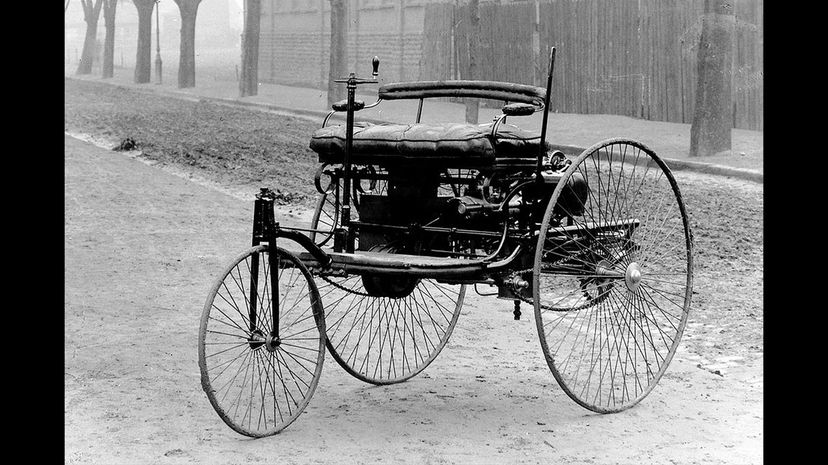
While he didn't create the very first car, Karl Benz created the first gas-powered vehicle that was also practical. The vehicle was built in 1885 and was called the Benz Patent Motor Car.